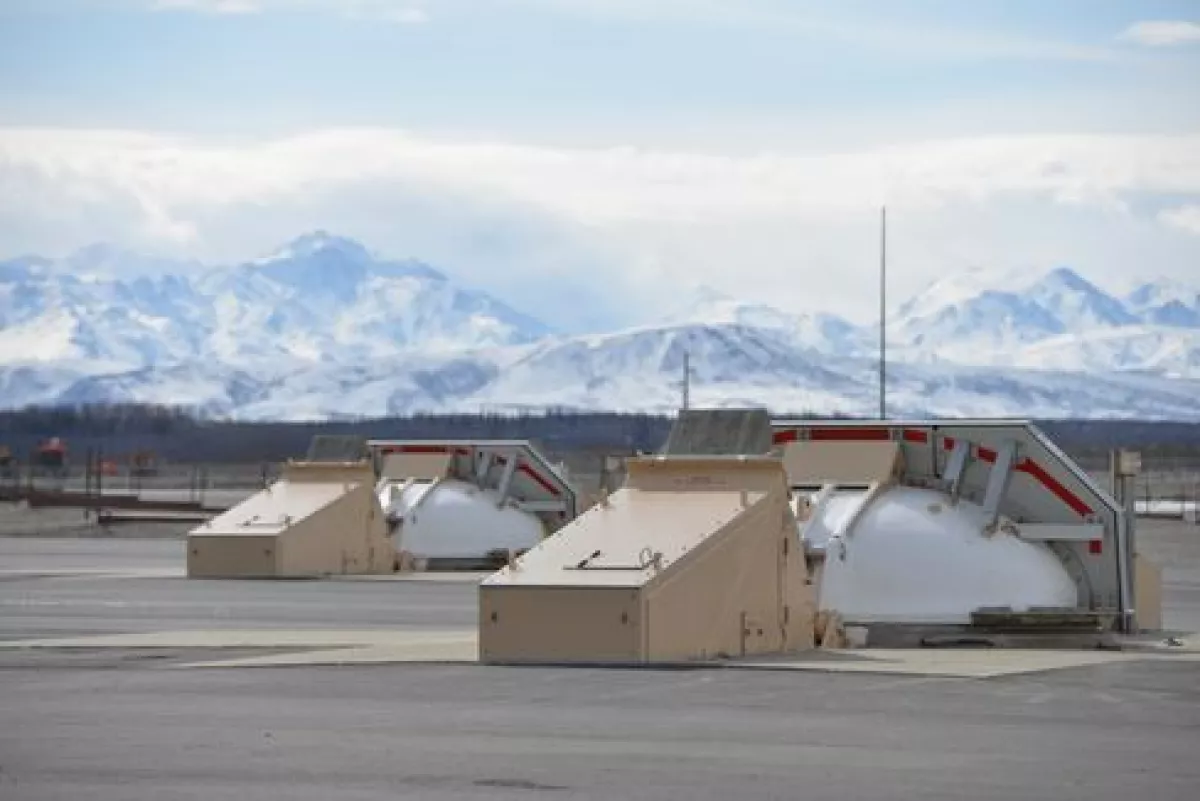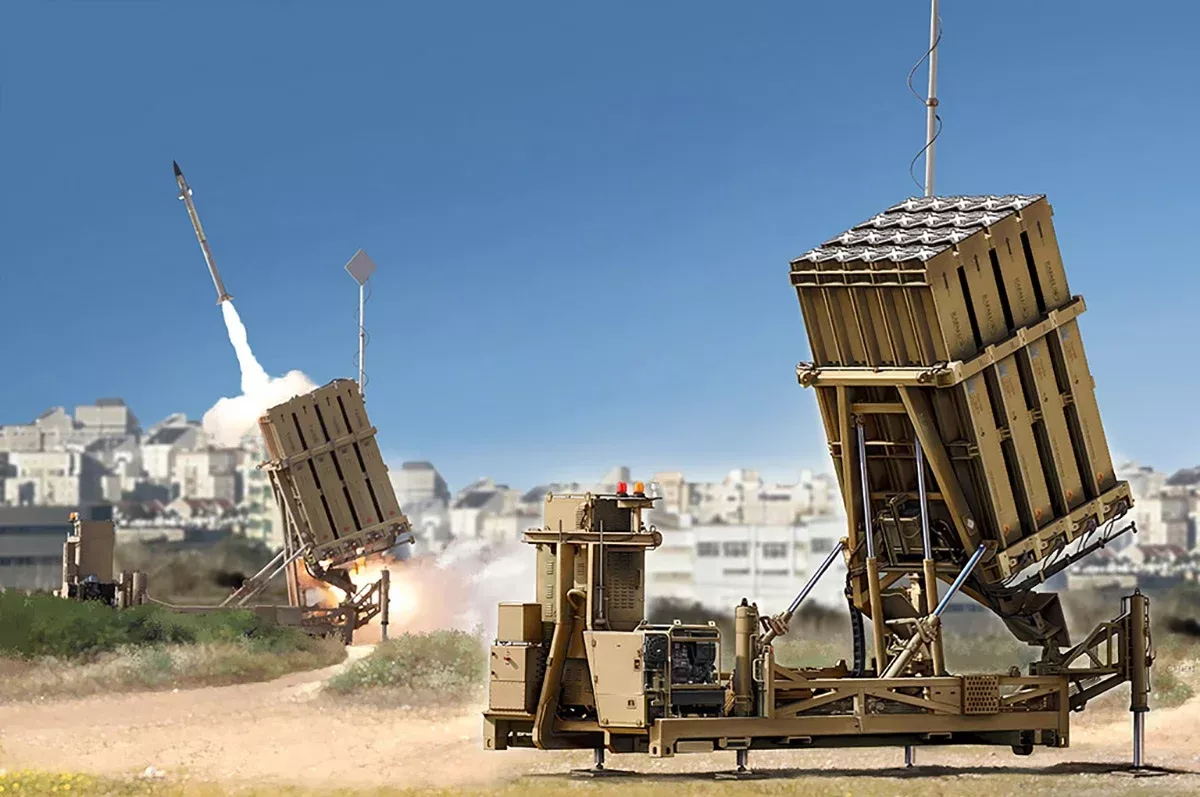Why America needs it's own Iron Dome An article by Foreign Affairs
US President Donald Trump signed an executive order last week directing the Defense Department to develop a US version of Israel’s renowned "Iron Dome" missile defense system. While some experts are skeptical, comparing it to Ronald Reagan’s unrealized “Star Wars” program and arguing that the state should instead continue relying only on the strategy of nuclear deterrence, proponents believe that such a system is both feasible and necessary to protect against modern threats.
Currently, US homeland missile defense focuses on countering limited threats, primarily from North Korea and potentially Iran. According to an article by Foreign Policy, the US air defense system consists of 44 ground-based interceptors (GBIs) in California and Alaska, designed to destroy incoming ballistic missiles by colliding with them midair. However, this limited capability would be insufficient against a large-scale attack. Furthermore, the current system does not address emerging 21st century threats such as nuclear-armed cruise and hypersonic missiles.
For decades, US policy has relied on nuclear deterrence rather than missile defense to prevent attacks from major powers like Russia, China or a rogue state like North Koea . Supporters of this perspective believe that acknowledging mutual vulnerability fosters "strategic stability" since both nations recognize that a large-scale war would result in unacceptable losses. They argue that deploying advanced missile defense systems could disrupt this balance. Opponents worry that if adversaries perceive US missile defenses as capable of neutralizing their nuclear deterrent, they may respond by rapidly expanding their missile stockpiles to overwhelm American defenses. Even more concerning, they might interpret a robust defense system as giving the US a potential first-strike advantage, prompting them to launch a preemptive attack during a crisis to avoid losing their own missile capabilities.

However, recent global events challenge the effectiveness of this approach. Russia’s advances in Ukraine and China’s aggressive military expansion demonstrate that adversaries are willing to push boundaries despite the threat of nuclear retaliation. Both nations are also actively modernizing their own missile defense systems while simultaneously developing advanced offensive weapons. The article believes that this suggests missile defenses are not inherently destabilizing, as opponents claim.
A US Iron Dome becomes even more critical when considering potential conflict scenarios. If China were to invade Taiwan and the US intervened, China could retaliate by launching cruise and hypersonic missile strikes on US bases and cities. Given that the existing system is designed only for limited ballistic missile threats, the article's authors warn that most of these missiles would reach their targets, potentially crippling Washington’s ability to respond and forcing a US retreat.
Leaving the homeland vulnerable to such attacks is strategically unsound. The primary responsibility of any US president is to protect the nation, and developing an effective missile defense system would deter adversaries from attempting such strikes in the first place.
How a US Iron Dome Would Work
The "Iron Dome" is Israel's domestically made short-range mobile air defense system, is an all-weather fire control radar system that can detect and tracks potential targets at ranges of 4–70 km. According to Israeli manufacturer Rafael, the portable system consists of multiple batteries that can be moved around according to perceived risk of attack. It was developed after the 2006 "Summer War" between Israel and Hezbollah. The Lebanon-based armed group fired nearly 4,000 rockets into Israel, causing huge damage and killing dozens of citizens. Designed by Israeli firms Rafael Advanced Defense Systems and Israel Aerospace Industries, with substantial financial support from the US, Iron Dome was deployed in 2011. It was first used in combat that year, and has since been granted for foreign purchase to a handful of countries, namely Azerbaijan, Romania, USA and India.

A US missile defense system does not need to be perfect to be effective. While stopping a full-scale nuclear attack with thousands of missiles may not yet be possible, a more limited system could protect key military bases, infrastructure, and major cities.
Additionally, the article points out that such a system would go a long way of reassuring US allies. Countries like South Korea fear that as American vulnerabilities grow, Washington may be less willing to defend them in a crisis. If allies doubt US protection, they may develop their own nuclear weapons, triggering a dangerous arms race. A robust US missile defense system would help maintain global stability by reinforcing alliances.
Building an Effective System
Missile defense technology has advanced significantly. Israel’s Iron Dome recently defended against massive Iranian missile and drone attacks, and US GBIs currently achieve a roughly 50% success rate in tests. By launching multiple interceptors per missile, the chances of a successful defense increase substantially.
A layered defense system would further enhance effectiveness. Experts propose expanding the number of interceptors to around 100, supplemented by existing missile defense systems like SM-3s, Terminal High Altitude Area Defense (THAAD), and cruise missile defenses.
One of the most promising advancements is space-based missile defense. Trump’s order includes developing “proliferated space-based interceptors,” which could target enemy missiles in their boost phase—when they are slowest and most vulnerable. SpaceX has dramatically reduced launch costs, making such a system feasible and cost-effective.
Strategic Advantage
During the Cold War, Soviet fears of US missile defense advancements contributed to a peaceful resolution of the conflict. Similarly, outpacing China and Russia in missile defense could serve as a powerful strategic advantage today. While critics argue that expanding missile defense may spark a new arms race, China and Russia are already developing offensive and defensive missile capabilities while the US lags behind.
The article estimates that while the cost of building an Iron Dome for the US would be substantial, it is far less than the potential consequences of an adversary successfully launching a strategic attack on American soil. Investing in missile defense now could prevent a catastrophic war in the future, making it a necessary step for national security.
By Nazrin Sadigova








